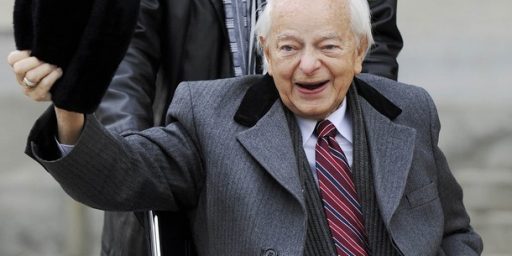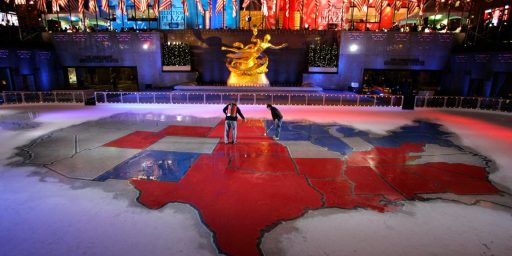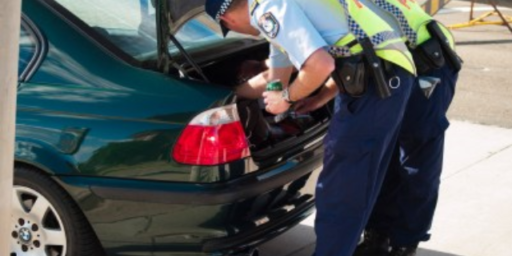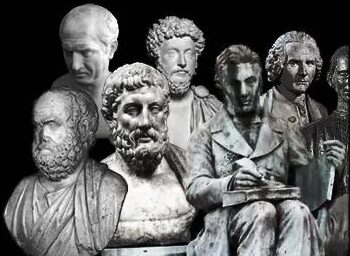KENNEDY: A MINORITY PRESIDENT?
John Fund has an interesting piece in today’s WSJ comparing the 1960 and 2000 elections. Most well-informed people are aware of charges that Kennedy’s narrow wins in Texas and Illinois may have been the result of electoral fraud. The evidence for that is certainly mixed.
What I didn’t know was that the historical claim that Kennedy won the popular vote is highly suspect:
Kennedy’s edge in the nationwide popular vote was the equivalent of less than one vote per precinct. The Associated Press reported that Kennedy’s plurality was just 112,827 votes nationwide, a margin of 49.7% to 49.5%. But was Kennedy, like George W. Bush, actually a “minority president,” elected without a popular-vote plurality?
It’s uncertain because in Alabama, JFK’s name didn’t actually appear on the ballot. Voters were asked to choose between Nixon and a slate of “unpledged Democrat electors.” A statewide primary had chosen five Democratic electors who were “loyalists” pledged to JFK six who were free to vote for anyone.
The Democratic slate defeated Nixon, 324,050 votes to 237,981. In the end, the six unpledged electors voted for Sen. Harry Byrd of Virginia, a leading Dixiecrat, and the other five stuck with their pledge to Kennedy. When the Associated Press at the time counted up the popular vote from all 50 states it listed all the Democratic votes, pledged and unpledged, in the Kennedy column. Over the years other counts have routinely assigned all of Alabama’s votes to Kennedy.
But scholars say that isn’t accurate. “Not all the voters who chose those electors were for Kennedy–anything but,” says historian Albert Southwick. Humphrey Taylor, the current chairman of the polling firm Louis Harris & Associates (which worked for Kennedy in 1960), acknowledges that in Alabama “much of the popular vote . . . that is credited to Kennedy’s line to give him a small plurality nationally” is dubious. “Richard Nixon seems to have carried the popular vote narrowly, while Kennedy won in the Electoral College,” he concludes.
Congressional Quarterly, the respected nonpartisan chronicler of Washington politics, spent some effort in the 1960s to come up with a fair way of counting Alabama’s votes. Reporter Neil Pierce took the highest vote cast for any of the 11 Democratic electors in Alabama–324,050–and divided it proportionately between Kennedy and the unpledged electors who ended up voting for Harry Byrd.
Using that method, Kennedy was given credit for 5/11ths of the Democratic total, or 147,295 votes. Nixon’s total in Alabama of 237,981 remained the same. The remaining 176,755 votes were counted as being for the unpledged electors.
With these new totals for Alabama factored in with the vote counts for the other 49 states, Nixon has a 58,181-vote plurality, edging out Kennedy 34,108,157 votes to 34,049,976. Using that calculation the 1960 election was even closer than we thought.
I knew from reading history that there was controversy over the Alabama electors; this is the first I’ve heard of the popular vote allocation issue.
Update (1551): Apparently, the Letter of the Day is “K”





